It’s quite often we see Gamestop in the news for one reason or another. Many people question their survival, wondering: How much longer does Gamestop have before it goes out of business, or moves all their business online?
While many have wrongly predicted how long the gaming retailer has left, We can’t ignore their predecessor that only old-school gamers will remember, FuncoLand.
Where did they come from? How far back does their history go? And what happened to FuncoLand?
The now-defunct FuncoLand was bought up by Barnes & Noble in May of 2000 for $161.5 million. By December 2000 FuncoLand was merged with the Babbage’s brand to form GameStop.
But like any story, there is more to it than that. Let’s take a deep dive into
The History Of FuncoLand

Who Started FuncoLand?
FuncoLand was started by a man named David R Pomije. In 1985, Pomije was running a company named Protectronics which started off selling Commodore 64 computers but would switch to video games when the Commodore market stopped being profitable on its own.
While David was initially successful with his new business, he filed for bankruptcy in March of 1988. David still had an inventory of over a thousand Nintendo NES games and he would supply rental stores in St. Paul and Minneapolis to rent out the popular titles for a fee.
When David started doing business this way, he ended up ordering more games and after several unpleasant experiences, he decided to create a business where he sold games through the mail. He was able to successfully promote his business through magazine ads and his new home business took off.
David made tens of thousands of dollars in 1989, allowing him to open a retail store next door to his office in New Hope, Minneapolis, which became the first-ever FuncoLand store.
Thanks to advertising, Pomije made twenty-five thousand dollars in sales in only two days with people from other states coming to visit Funco.
The new specialty store even gained interest from a digital entertainment company in Japan that had over 300 locations. They wanted to form a partnership with Funco but Pomije turned the partnership down.
Moving Beyond The First Store
By the end of 1990 when the company had made over fifty thousand dollars. David opened up two new locations to capitalize on the upcoming holiday season. During the holidays in 1990, the three stores thrived, making more than a quarter of a million dollars in sales.
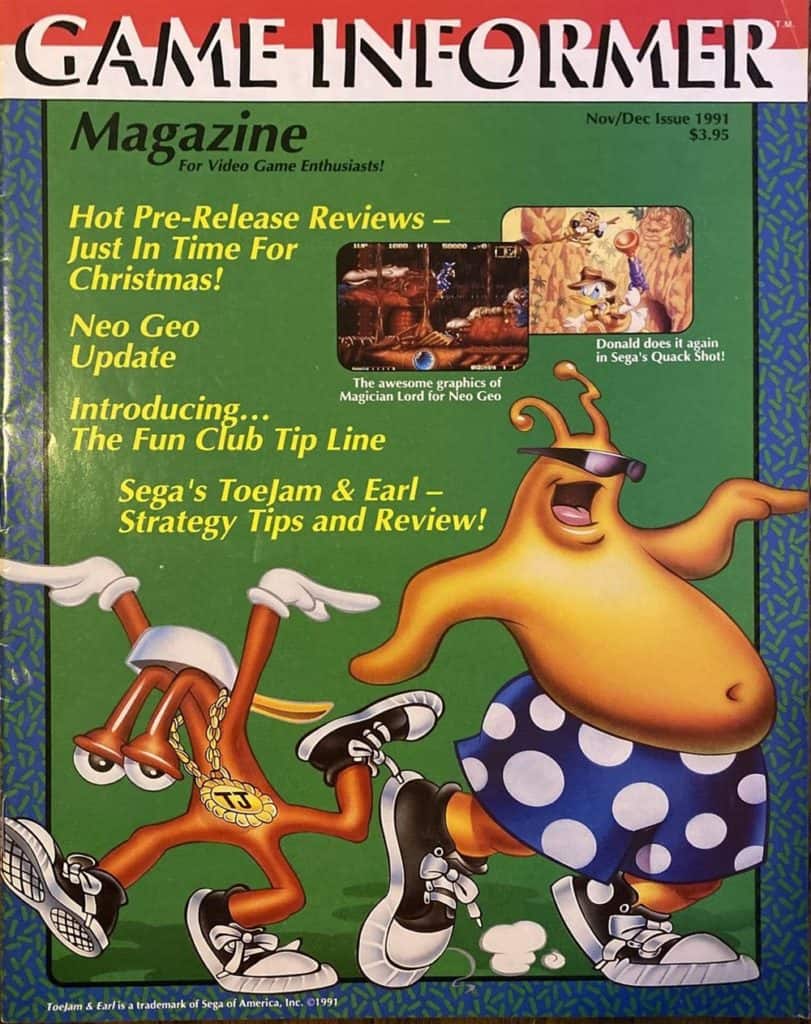
In 1991 as Funco continued to expand, they also launched Game Informer magazine. The idea stemmed from their in-house newsletter as a new approach to reach their target audience. Even after being sold, Game Informer continued to be one of the largest software publications in the industry and would become a big part of GameStop’s loyalty program.
In 1992, he hired executives from different companies which cost over half a million dollars but David felt the experience and expertise they bought to the table would benefit the chain in the long run.
That year FuncoLand made over seven million dollars. At the beginning of July, people were able to purchase shares of the company and David Pomije wanted to use money generated from the purchased shares to pay money owed or expand.
Funco’s Continued Growth
In the middle of July, Chicago opened their first Funco location inside Bloomingdale. In September, it was announced that there were plans for 15 more stores to be launched throughout Dallas and Fort Worth by the end of 1992. When this announcement was made, the company already had 11 locations picked out, and planned.
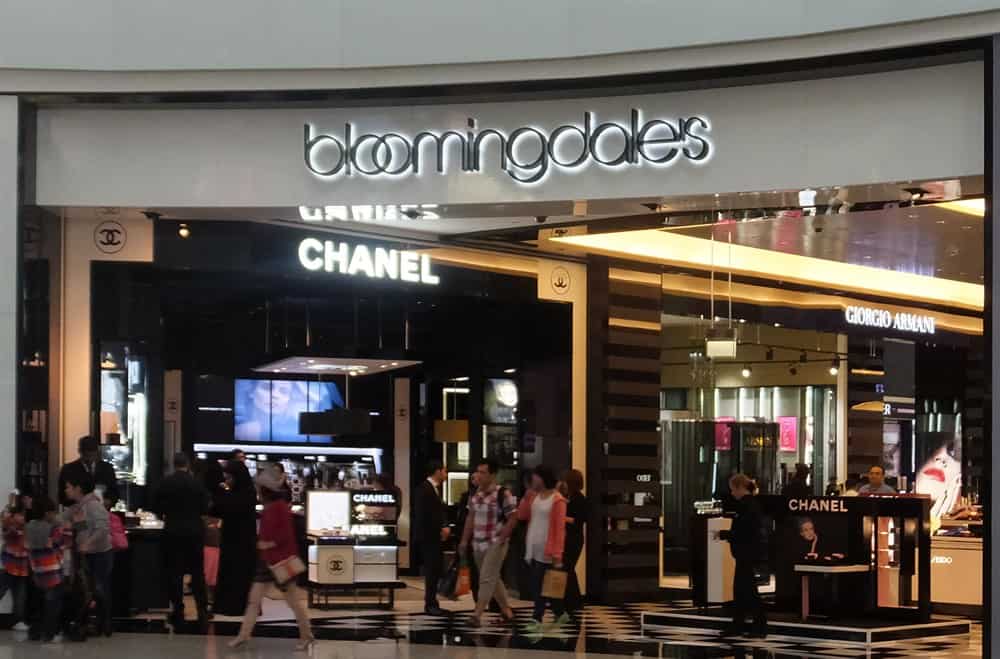
On top of that, there were also plans for another 40-50 stores to appear throughout Houston, San Antonio, and Austin. At the end of September, two more were opened in Orland Park and Matteson and David Pomije wanted to add between 10-20 more in the same area by the end of next year.
There was now a total of 190 employees working in FuncoLand and it was estimated that in 1993 the franchise would bring in twenty-two million dollars.
David Pomije said by March of 1994, he expected to have 110 locations throughout the whole country that would employ a total of 250 people and the company would do sixty-three million dollars in sales.
FuncoLand Goes Public With Great Success
When FuncoLand started selling shares, they were available for $5 per share. At the beginning of December, the price went up to $7.75, and by the end of the year, it had climbed to $9.50.
Just a week after the company’s stock closed out at $9.50, it rose again to $12. The highest it reached around this time was in February when shares were worth $17.75 per.

However within two months after reaching that amount, the stock started decreasing in value until it reached $8. The big reason for this change in value is that Sega was planning their network where people could download and try out new Genesis games to subscribers.
Two and a half weeks later, Crystal Lake had their first FuncoLand store which meant they had 62 stores throughout the United States Of America. Nearly three months later, it was announced that the company had leased space in six different shopping centers in New York City. By June of 1994, Funco had locations in New York City, New Jersey, Philadelphia, Connecticut, and Washington D.C.
Before the end of the year, FuncoLand had established a total of 163 stores in the US and it was named one of the 11 fastest growing businesses in the country by Fortune.
Competition In The Video Game Market Pushes Down Profits
Circuit City and Best Buy were having price wars with each other at the end of December so Funco decided to spend more money on promotion. With the price war happening between big box retailers, the battle came down to competitive prices. This meant the third-quarter earnings for 1995 were going to fall below what was expected.
One day after this report came out, the stock value fell to $5.75 per share. FuncoLand thought their luck would turn around in the final quarter of the year as they continued expansion as planned. They now had 180 FuncoLands in the country and corporate still wanted to open another 120 by the end of 1997.
In April of 1995, reports stated that sales in the final quarter of 1994 were nearly 25% below expectations. That report caused the value of the stock to fall to $3.875.
Funco claimed that they did not sell as much as the final quarter of 1994 because those numbers were inflated by the release of NBA Jam. Also, claims were made that in 1995, customers were saving their money for the consoles that would soon be coming out.
FuncoLand Changes Direction To Save The Business
This is when FuncoLand decided to concentrate on getting more sales within their current stores. They also wanted to save money that they were paying executives with.
In an attempt to turn things around, David Pomije was forced to cut his salary down from $180,000 a year to $90,000.
Stanley Bodine, the company’s president, and CEO lost 40% of his salary. Others on the executive team who were supposed to be getting raises had their salaries frozen.
A fifth of the employees working at the HQ were let go. Also, schedules were modified so they didn’t have more employees showing up to work than what was required.
This only reduced expenses by one and a half percent down to 1.8 million dollars. Funco’s plans to open 50 more were canceled.
One shareholder even sued FuncoLand that year claiming they artificially raised the value of their stock by lying about the effectiveness of the systems that ran the company. FuncoLand settled with the shareholder outside of court for $698,000.
With new stores being canceled at the end of 1995, they had 182 stores throughout the whole country.
A New Boom In Video Game Sales
For the fiscal year of 1996, FuncoLand had increased its revenue. They attributed this to management incentives to do a better job, which in turn increased product sales during the fourth quarter of the year.
In the middle of January of 1996, the stock shot up from $2.625 per share to $14.125. The increase in revenue for Funco was also credited to the Nintendo 64, Sony PlayStation, and Sega Saturn.
In October of 1997, they opened a store in the tri-state area of Ohio, Kentucky, and Indiana. A store opening in Nashville, Tennessee in 1998 marked the 300th FuncoLand store and the company was named as the second fastest-growing business by Fortune.
In 1998, they made 1.6 million dollars in sales from selling products online. The year before, they had made only $450,000 in sales online.
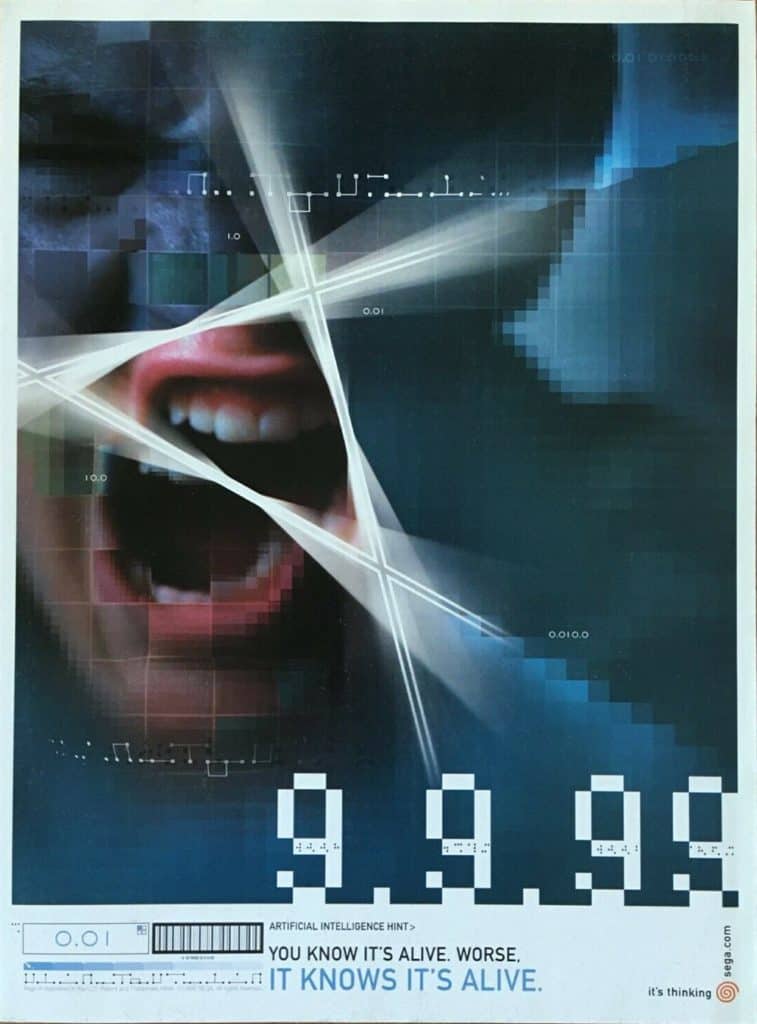
In September of 1999 when the Dreamcast was released, it helped the company set a one-day sales record and their earnings for the fiscal year of 2000 was 52.7 million dollars. That was nearly 50% larger than the second-quarter earnings of the previous year.
FuncoLand made a profit of $716,000 which was twice as much as people had expected. During this time, they had opened 38 more stores making the total count of their stores 363.
Four days before Christmas in 1999, financial reports published that sales in December were likely to be less than expected. Funco blamed sales decreasing on not having enough Game Boy Color consoles and not enough copies of Pokemon Yellow to meet consumer demand.
Also, no major releases were coming out for the Nintendo 64 and PlayStation which was different from the year before. The company also blamed competitors’ reducing their prices and Funco said this was likely to continue until the PlayStation 2 came out.
Time To Cash Out
On April 3, 2000, Electronics Boutique Holdings Corp acquired FuncoLand by paying $110 million to purchase all shares
Those who knew how the company was doing financially, said the business being sold was not surprising. When it was announced that FuncoLand had been purchased, the stock rose to $16.875.
Babbage’s who was owned by Barnes & Noble paid a $135 million buyout. The day after this offering was made, the price of FuncoLand’s stock went up to $20.50 per share.
You had Barnes & Noble and Electronics Boutique making bids and Barnes & Noble got Electronics Boutique to retract their offers after Barnes and Noble offered a bid of $161.5 million.
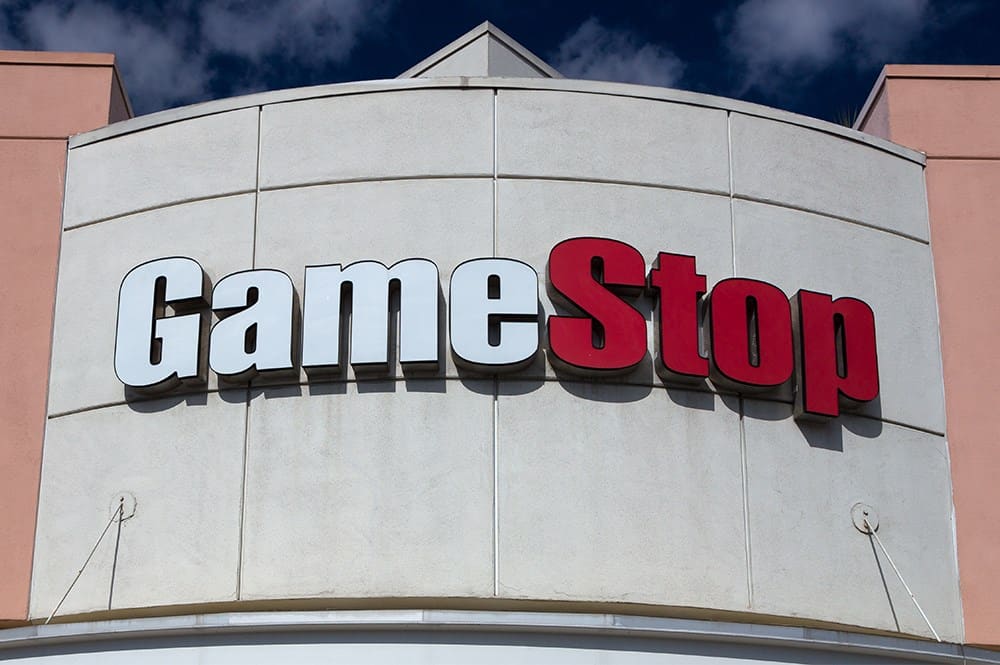
This meant Barnes & Noble was paying nearly $25 per share. FuncoLand and Babbage’s combined to become Gamestop. In December of 2000, there were still stores branded as under the old names but all these stores were changed to Gamestop stores by 2003.
FuncoLand was significant because it was the first large-scale multi-store business where you could sell games you no longer wanted to play and buying used copies of games was about half the price of what a new copy of the game would cost.
That was how FuncoLand started and ended.
The Future of GameStop
People are always predicting that Gamestop will no longer be able to survive. However, it is impressive that a business that started selling video games out of a home and through the mail became a memorable story that no gamer from the 1990s will ever forget.
While many miss the classic video game store we know as FuncoLand, it could have suffered a worse fate. Sure we can poke fun at how bad Gamestop is but one day it will be gone too.
I foresee a time when we will sit around and reminisce about the great times we had there, and excuse anything “bad” they did. Hopefully, that time is not soon.
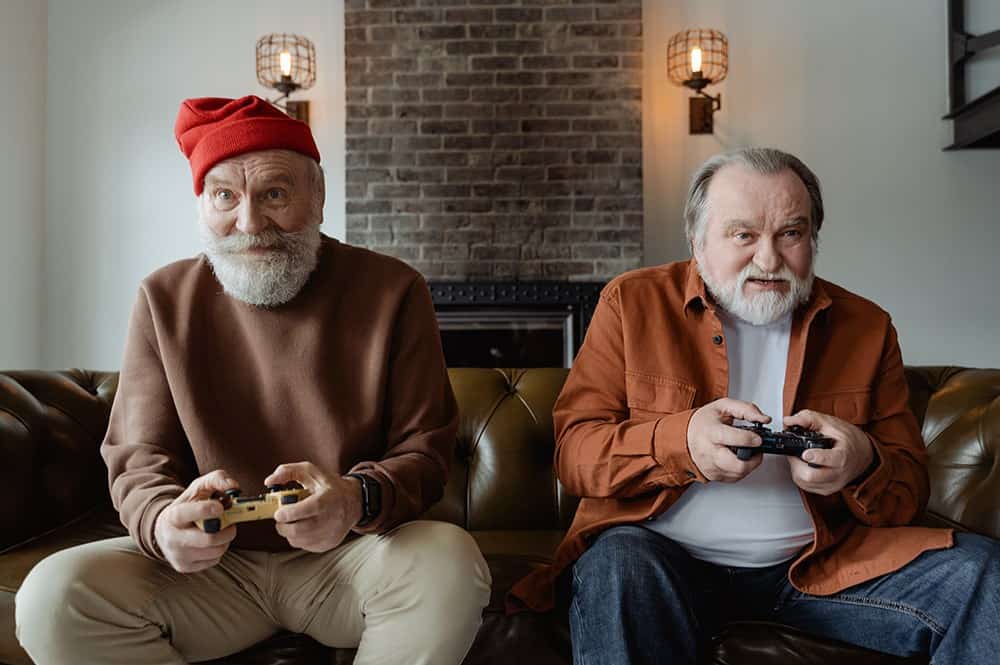
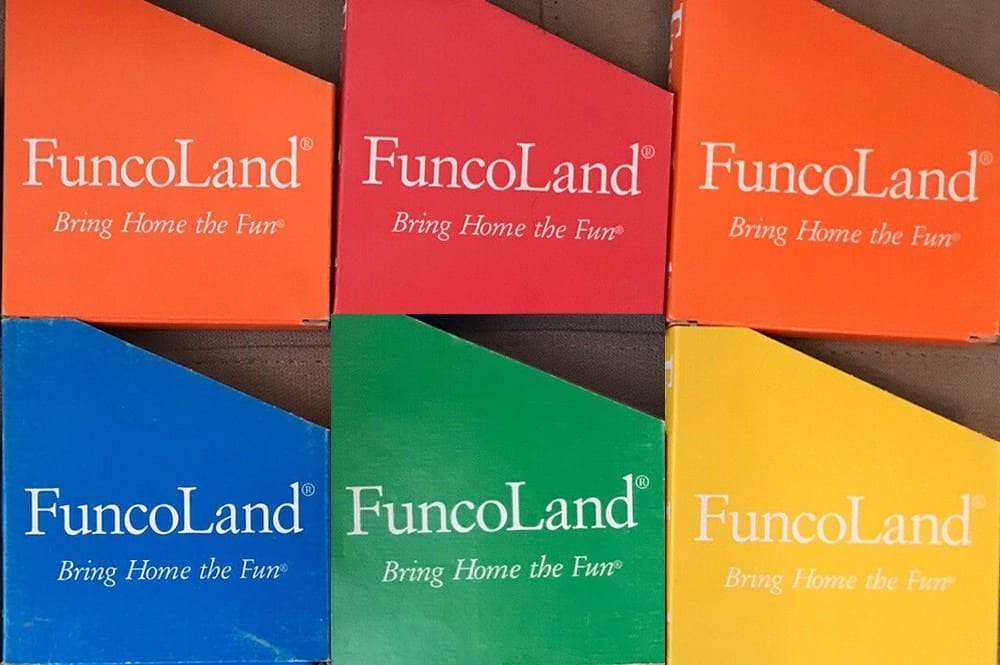
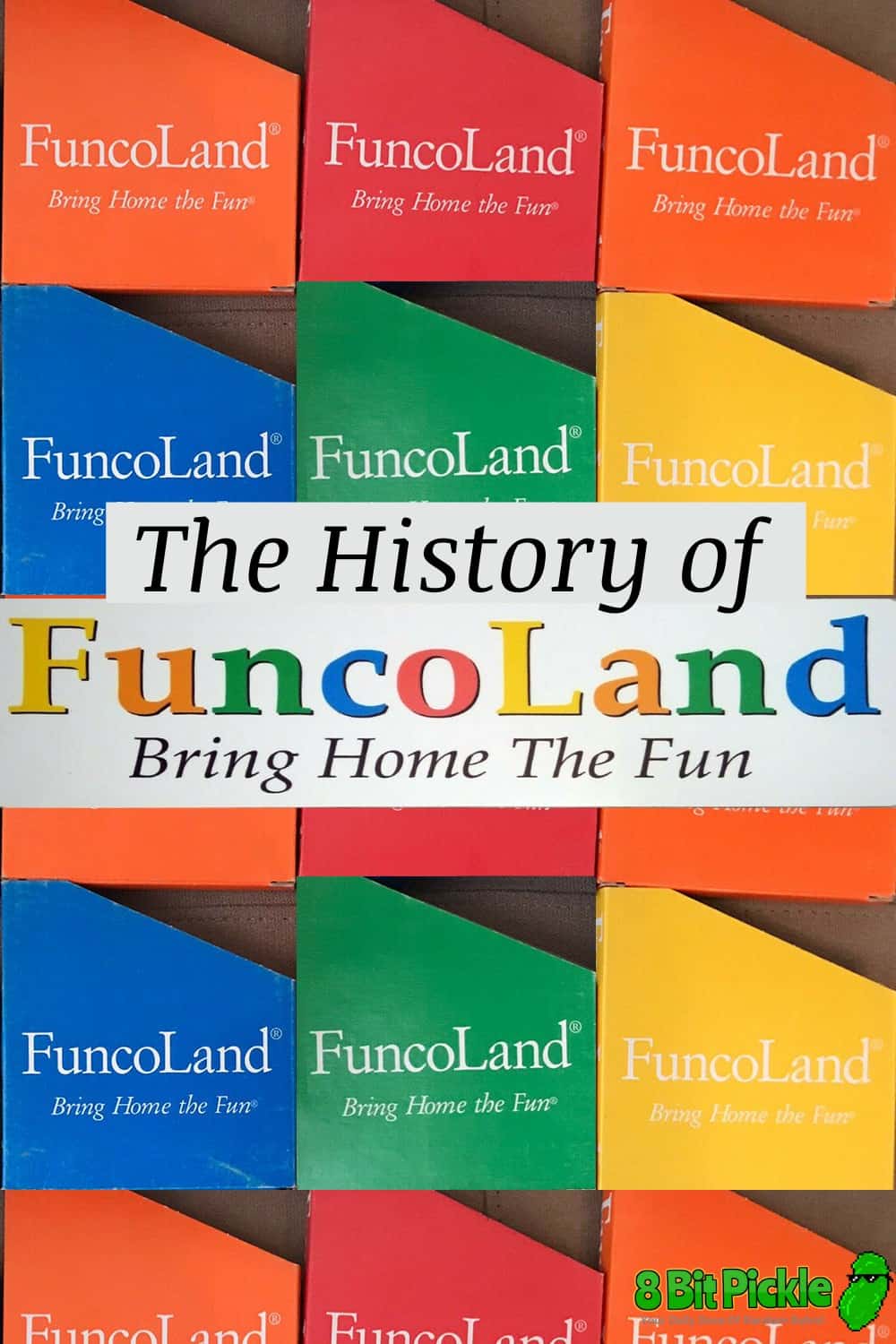
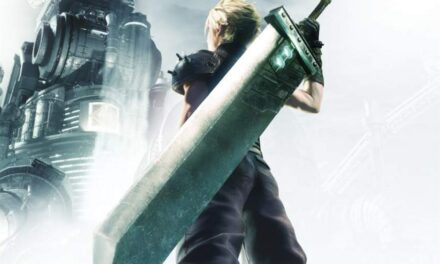

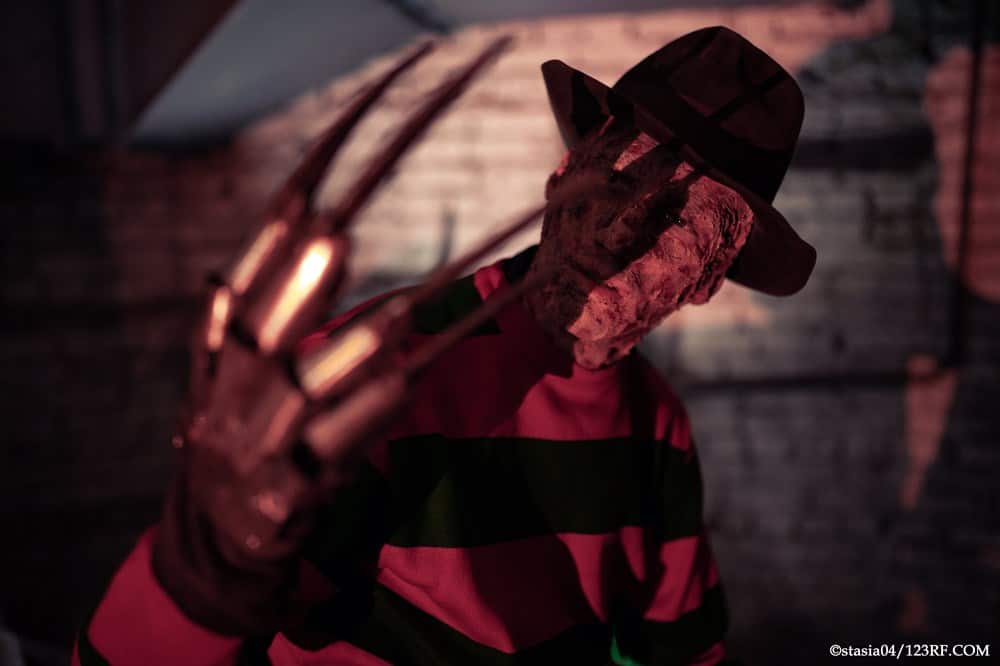
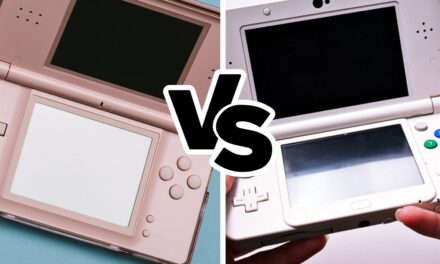
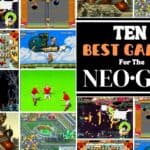



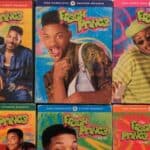
I had no idea FuncoLand was once such a huge player in the gaming industry! It’s crazy to think about how much the industry has changed and evolved over the years. As someone who grew up playing video games in the 80s and 90s, it’s really neat to see the history of the industry and how it has shaped the current state of gaming today.